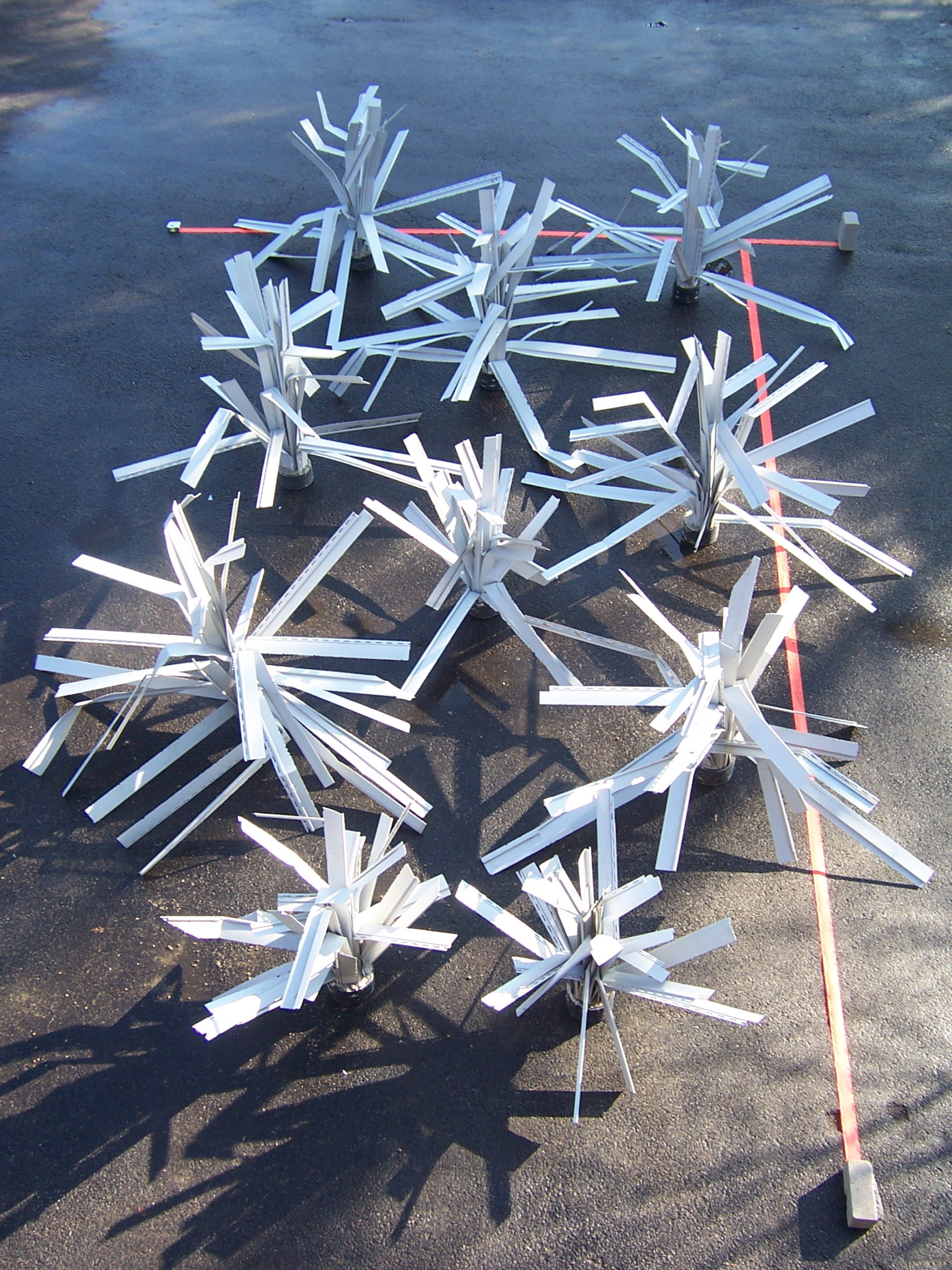Nearly 60 miles up the North Umpqua River from Roseburg, a huge effort is under way to increase and improve the habitat for the steelhead, spring chinook, coho salmon and Pacific lamprey that make their way up the Wild and Scenic River to spawn.
A fish ladder is being built at Soda Springs Dam so the fish will be able to swim beyond the dam for the first time in more than 50 years, exploring another four miles of the North Umpqua River and returning to the spawning beds of their ancestors in three miles of Fish Creek.
See the dozens of unique artificial fish habitat models, fish attractors and fish cover used at fishiding.com, the leader in science based, proven, fish protection.
Every aspect of the project takes the fish into account, whether it’s sealing the concrete or rounding out the inside corners of the fish ladder to ensure a safe and appealing passage past the 77-foot-high dam.
Of course, if the dam weren’t there, the native fish already would be swimming unimpeded through the narrow canyon of the North Umpqua. But since the North Umpqua Hydroelectric Project, which includes eight dams, has been in place since the 1950s and provides a substantial amount of electricity, the fish ladder is a compromise.
PacifiCorp expects to spend about $60 million on the fish passage at Soda Springs before it’s completed at the end of 2012. The fish passage is uniquely engineered for the geological features of the river canyon. The company estimated the cost of removing the dam, a solution sought by conservation groups, would have been about the same, but electricity rates would have increased because of the lost hydropower.
Soda Springs generates enough electricity each year to power about 40,000 homes — that’s just short of the number of households in Douglas County. More importantly, company officials say it’s a regeneration dam that produces electricity that can be stored and used during peak demand times.
Despite its steep price tag, the fish passage is small compared to the many massive projects PacifiCorp is involved in throughout the Northwest. Rates are expected to creep by less than 1 percent to pay for the construction project.
That makes it like a stimulus strategy that came along at the right time. While the construction business has been slow elsewhere, the tiny village of Toketee has been bustling with heavy equipment, trucks and workers since the project began in 2010. General contractor is Todd Construction of Tualatin, which was previously located in Roseburg.
The largest subcontractor, Weekly Bros. Inc. of Idleyld Park, hired extra employees to work on the fish ladder. As many as 80 people were on the job this past summer for the company.
Even with winter setting in, anywhere from 50 to 100 people are working on the project daily, making the site appear as if it’s crawling with workers in reflective vests and hard hats.
Between the additional jobs, the promise of clean hydropower well into the future and the re-opening of historic fish habitat, this is a project that’s worth the effort and expense.
